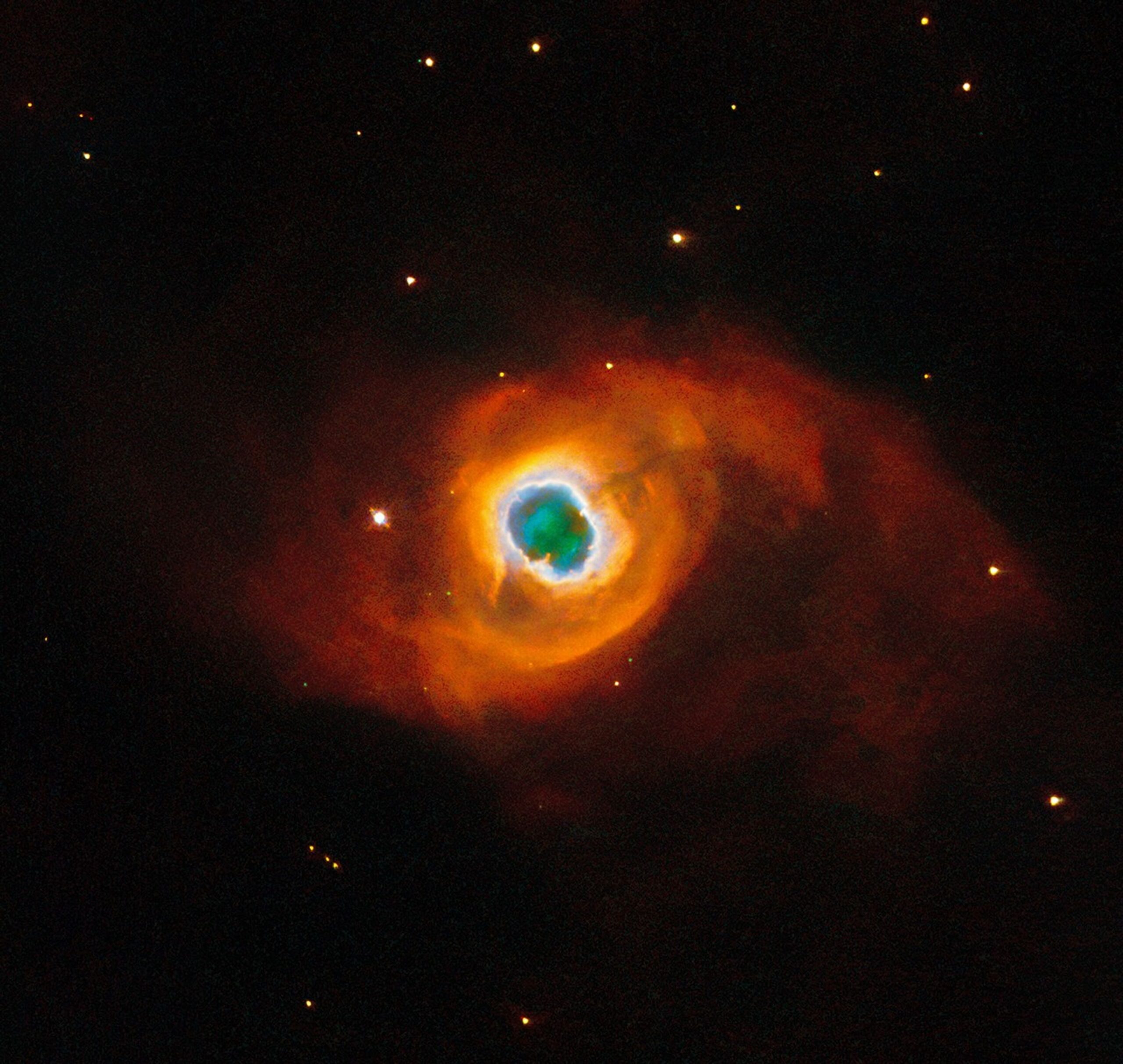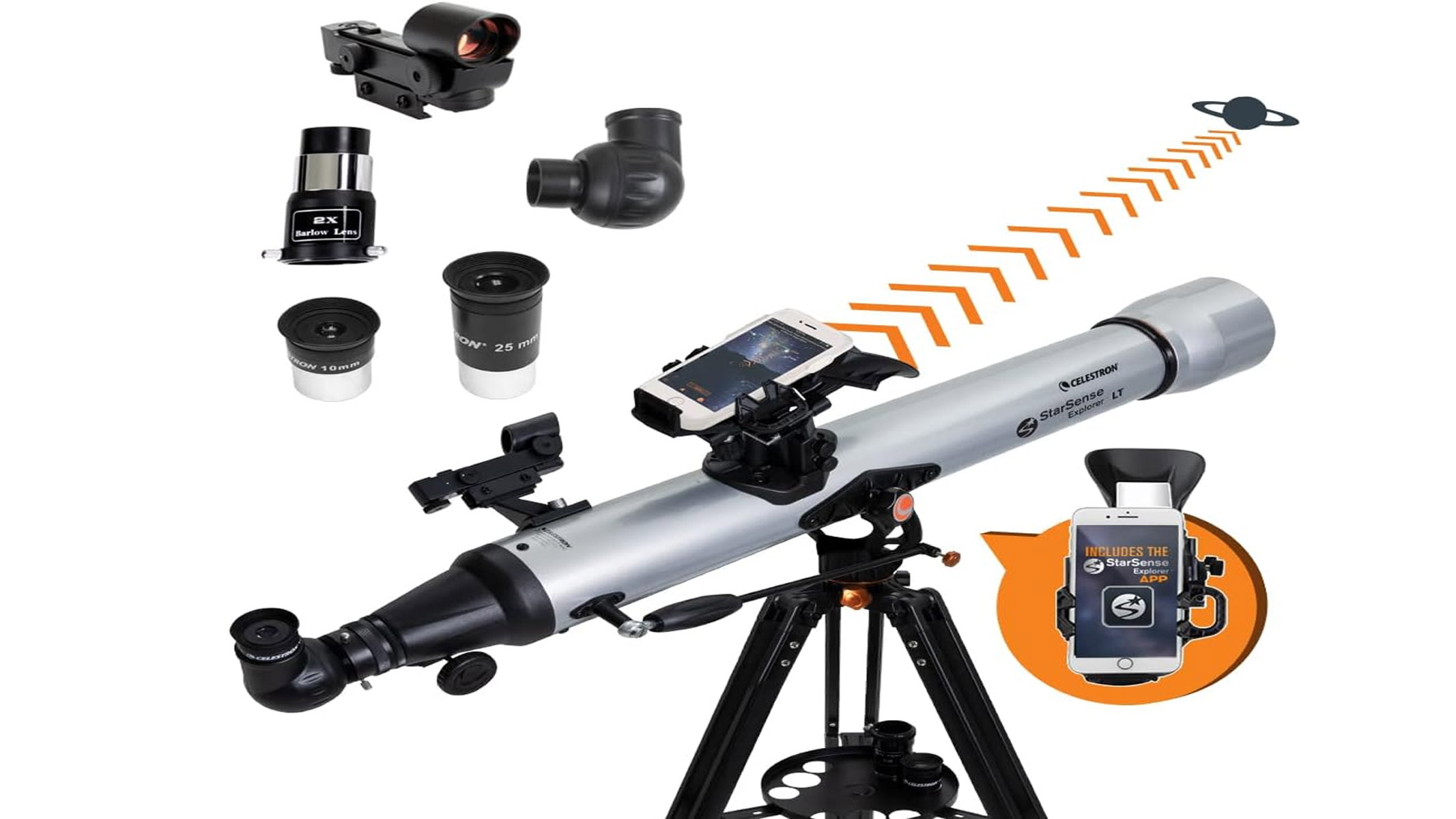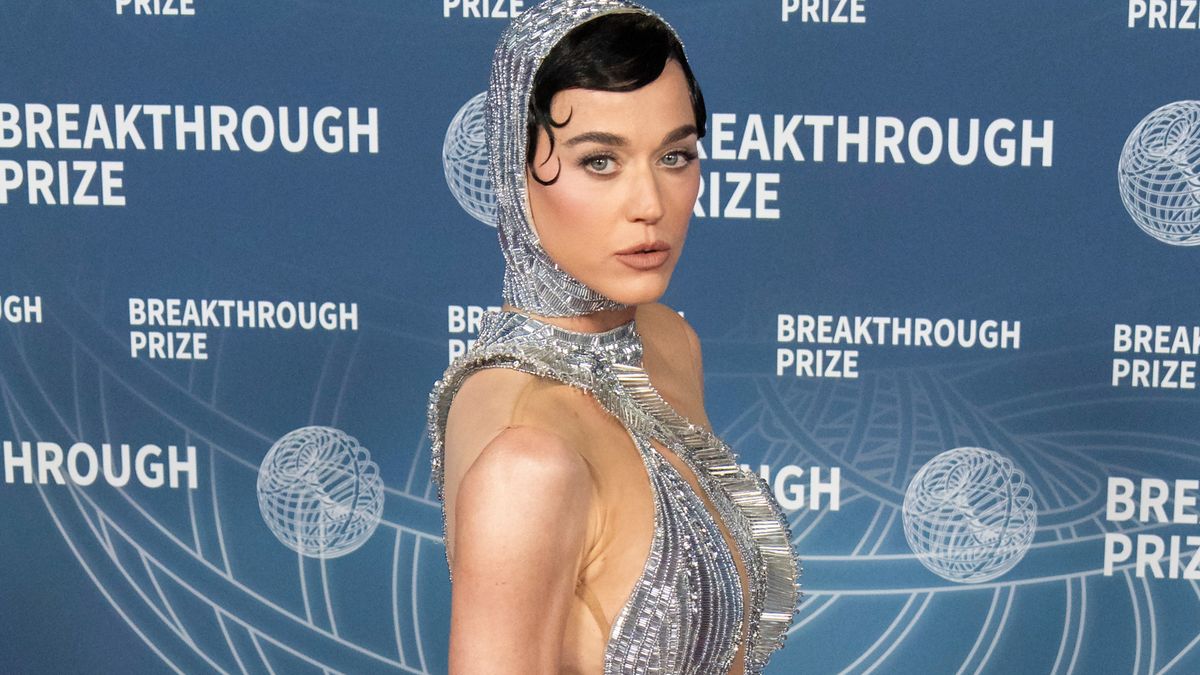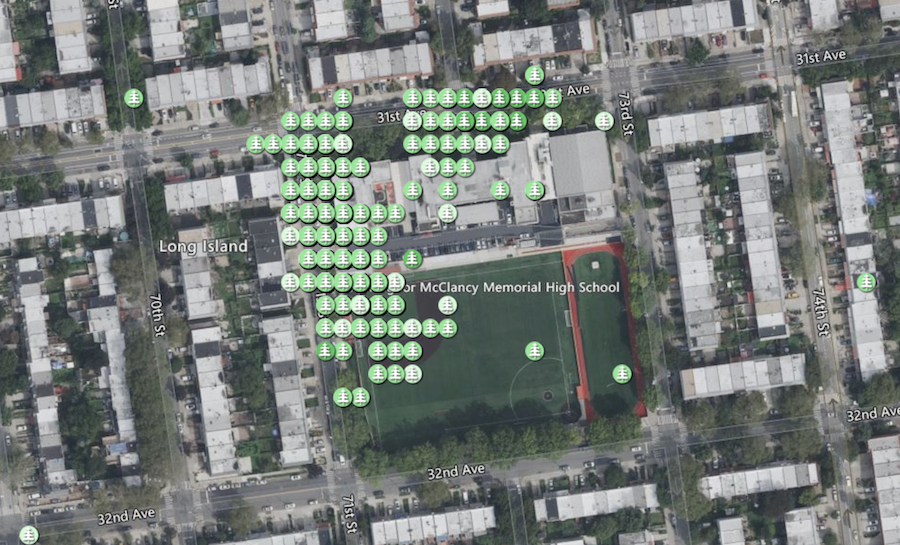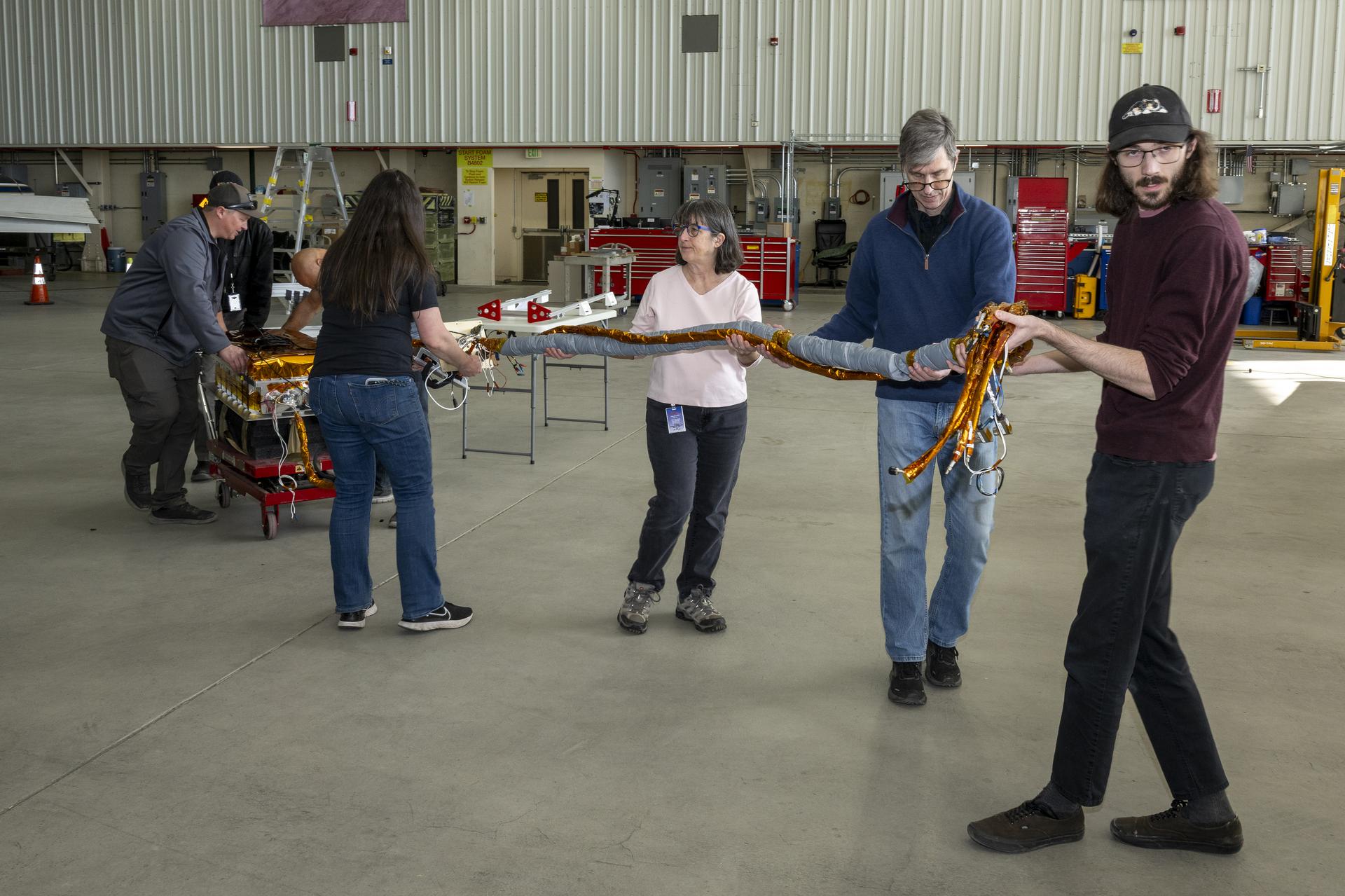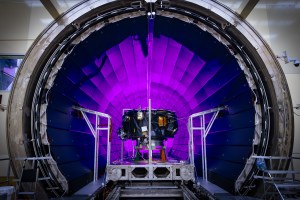Explore Hubble Hubble Home Overview About Hubble The History of Hubble Hubble Timeline Why Have a Telescope in Space? Hubble by the Numbers At the Museum FAQs Impact & Benefits Hubble’s Impact & Benefits Science Impacts Cultural Impact Technology Benefits Impact on Human Spaceflight Astro Community Impacts Science Hubble Science Science Themes Science Highlights Science Behind Discoveries Hubble’s Partners in Science Universe Uncovered Explore the Night Sky Observatory Hubble Observatory Hubble Design Mission Operations Missions to Hubble Hubble vs Webb Team Hubble Team Career Aspirations Hubble Astronauts News Hubble News…
Read MoreCategory: Nasa
Nasa
NASA spacecraft spots monster black hole bursting with X-rays ‘releasing a hundred times more energy than we have seen elsewhere’
We’ve all woken up in a terrible mood from time to time, but a newly observed monster black hole is really having a bad day. The previously inactive supermassive black hole at the heart of the galaxy SDSS1335+0728, located about 300 million light-years away from us, was seen erupting with the longest and most powerful X-ray blasts ever seen from such a cosmic titan. This active phase marks the start of the supermassive black hole devouring matter around it and erupting with short-lived flaring events called quasiperiodic eruptions (QPEs). The…
Read MoreSave a massive 30% on the Celestron StarSense Explorer LT 80AZ, a top-tier beginner telescope
If you’re looking to try your hand at astronomy, or you want a small telescope with a quality build to view upcoming night sky events, like the Lyrid Meteor Shower, then you might want to consider getting 30% off the Celestron StarSense Explorer LT 80AZ. Save 30% on the Celestron StarSense Explorer LT 80Z when you grab it from Amazon and apply the extra $10 coupon. A 30% discount equates to a saving of $70 and that’s ideal for those looking for a top-tier beginner telescope and to start off…
Read MoreBlue Origin’s all-female spaceflight urges women to shoot for the stars — but astronaut memoirs reveal the cost of being exceptional
This article was originally published at The Conversation. The publication contributed the article to Space.com’s Expert Voices: Op-Ed & Insights. Jasleen Chana is a PhD candidate at UCL in the department of Science and Technology Studies. For the first time since Russian cosmonaut Valentina Tereshkova’s solo flight in 1963, a spacecraft will fly with only women aboard. Blue Origin’s all-female spaceflight crew, which includes pop star Katy Perry, is set to take off this spring. You may like Jeff Bezos’ crew is assembled from successful and well-known women, also including…
Read MoreHow NASA Science Data Defends Earth from Asteroids
5 min read How NASA Science Data Defends Earth from Asteroids Artist’s impression of NASA’s DART mission, which collided with the asteroid Dimorphos in 2022 to test planetary defense techniques. Open science data practices help researchers identify asteroids that pose a hazard to Earth, opening the possibility for deflection should an impact threat be identified. NASA/Johns Hopkins APL/Steve Gribben The asteroid 2024 YR4 made headlines in February with the news that it had a chance of hitting Earth on Dec. 22, 2032, as determined by an analysis from NASA’s Center…
Read MoreGLOBE, NASA, and the Monsignor McClancy Memorial High School in Queens, New York
Explore This Section Science Science Activation GLOBE, NASA, and the Monsignor… Overview Learning Resources Science Activation Teams SME Map Opportunities More Science Activation Stories Citizen Science 4 min read GLOBE, NASA, and the Monsignor McClancy Memorial High School in Queens, New York When students actively participate in scientific investigations that connect to their everyday lives, something powerful happens: they begin to see themselves as scientists. This sense of relevance and ownership can spark a lifelong interest in science, technology, engineering, and math (STEM), paving the way for continued education…
Read MoreNASA Measures Moonlight to Improve Earth Observations
The airborne Lunar Spectral Irradiance (air-LUSI) instrument is moved across the hangar floor by robotic engineer Alexander McCafferty-Leroux ,from right to left, co-investigator Dr. John Woodward, NIST astronomer Dr. Susana Deustua, air-LUSI chief system engineer Dr. Kathleen “Kat” Scanlon, and members of the ER-2 ground crew at NASA’s Armstrong Flight Research Center in Edwards, California, in March 2025. NASA/Genaro Vavuris Flying high above the clouds and moon-gazing may sound like a scene from a timeless romance, but NASA did just that in the name of Earth science research. In March…
Read MoreHave We Been to Uranus? We Asked a NASA Expert: Episode 56
2 min read Preparations for Next Moonwalk Simulations Underway (and Underwater) Have we ever been to Uranus? The answer is simple, yes, but only once. The Voyager II spacecraft flew by the planet Uranus back in 1986, during a golden era when the Voyager spacecraft explored all four giant planets of our solar system. It revealed an extreme world, a planet that had been bowled over onto its side by some extreme cataclysm early in the formation of the solar system. That means that its seasons and its magnetic field…
Read MoreLinear Sand Dunes in the Great Sandy Desert
In northwest Australia, the Great Sandy Desert holds great geological interest as a zone of active sand dune movement. While a variety of dune forms appear across the region, this astronaut photograph features numerous linear dunes (about 25 meters high) separated in a roughly regular fashion (0.5 to 1.5 kilometers apart).
Read MoreNASA Offers Free High School Engineering Program This Summer
This summer, NASA’s Glenn Research Center in Cleveland is offering a free summer STEM program for high school students in their junior and senior years. Credit: NASA NASA’s Glenn Research Center in Cleveland is launching the NASA Glenn High School Engineering Institute this summer. The free, work-based learning experience is designed to help high school students prepare for a future in the aerospace workforce. Rising high school juniors and seniors in Northeast Ohio can submit applications for this new, in-person summer program from Friday, April 11, through Friday, May 9.…
Read More